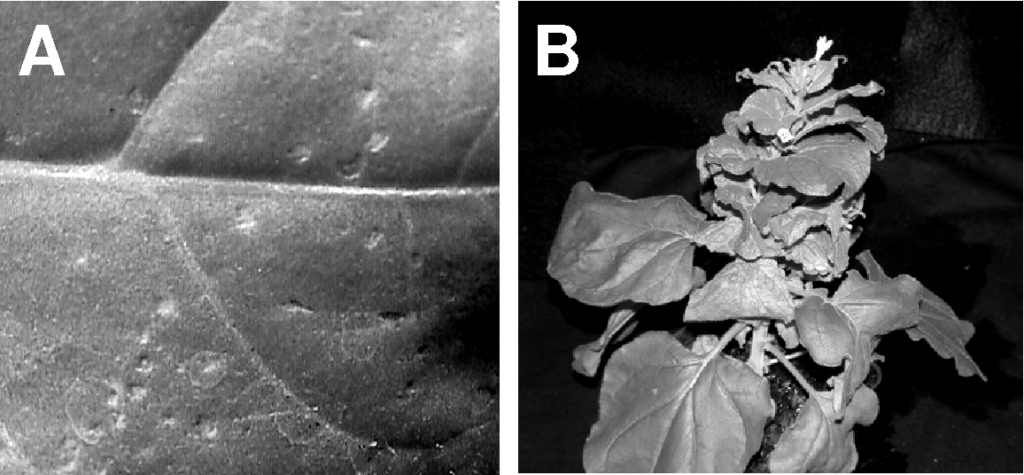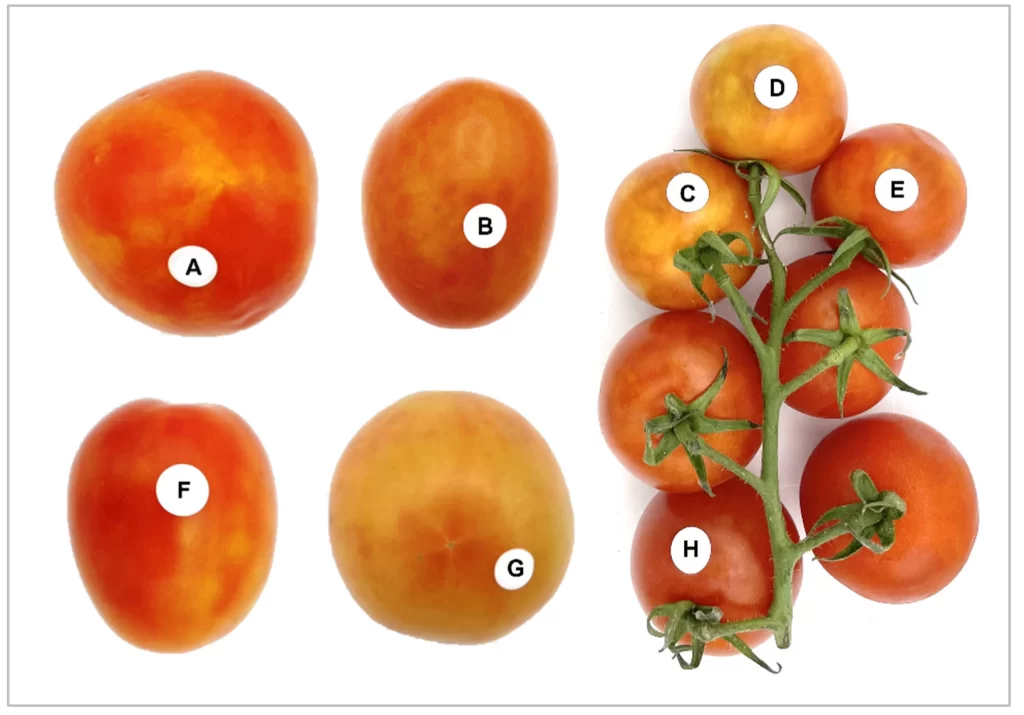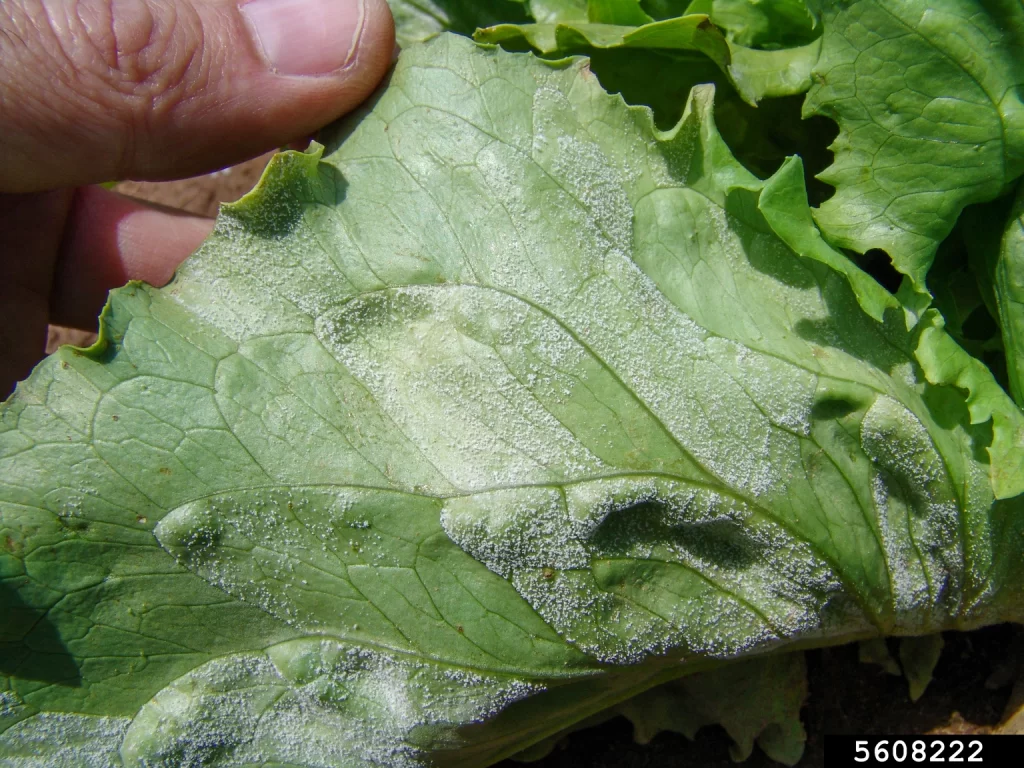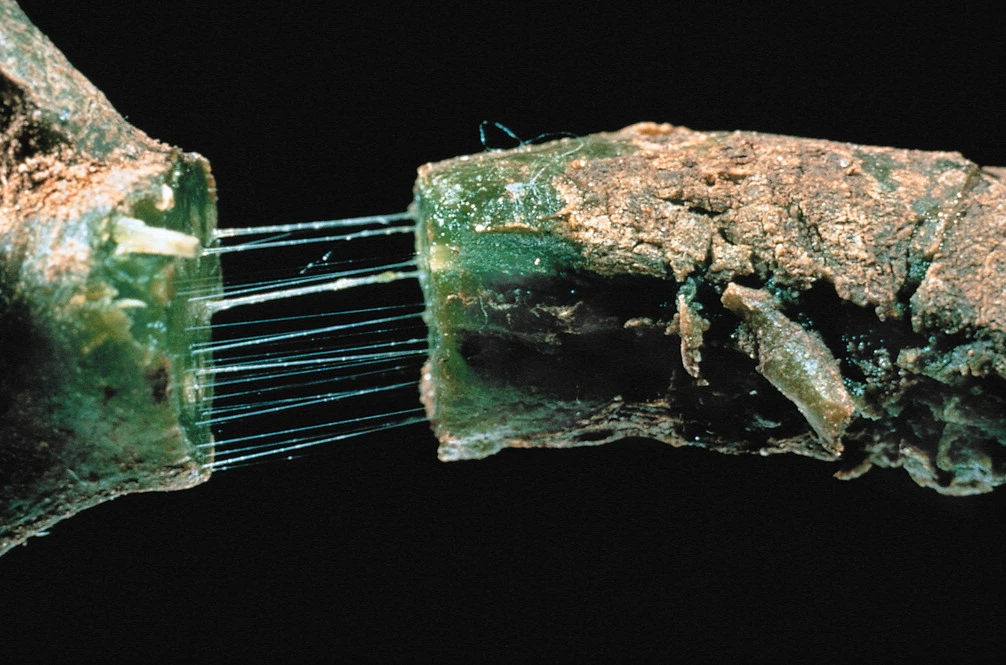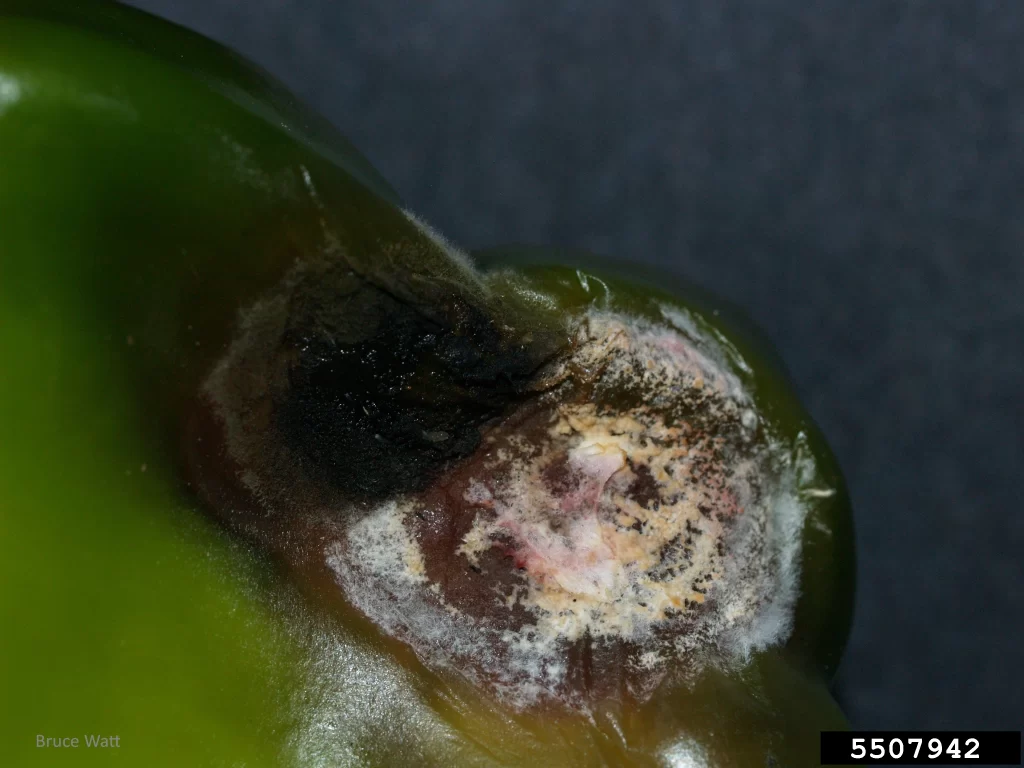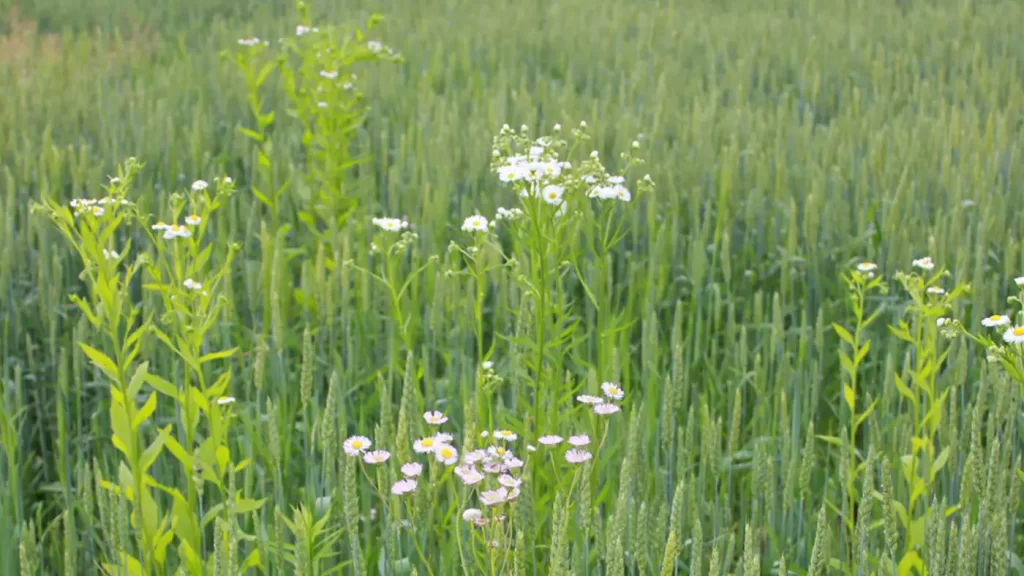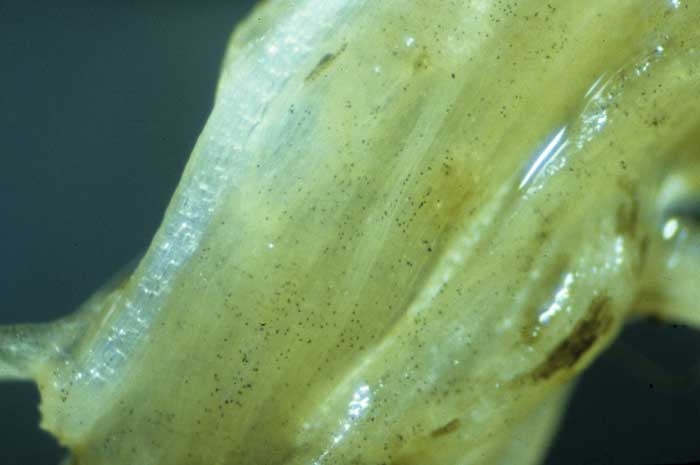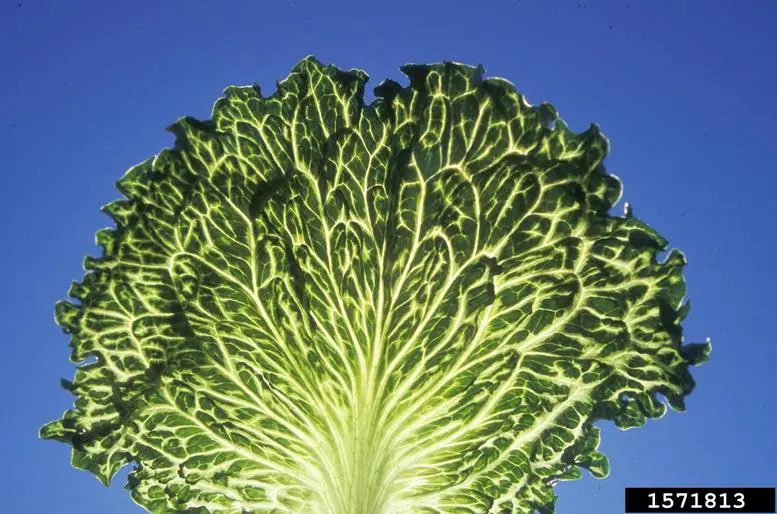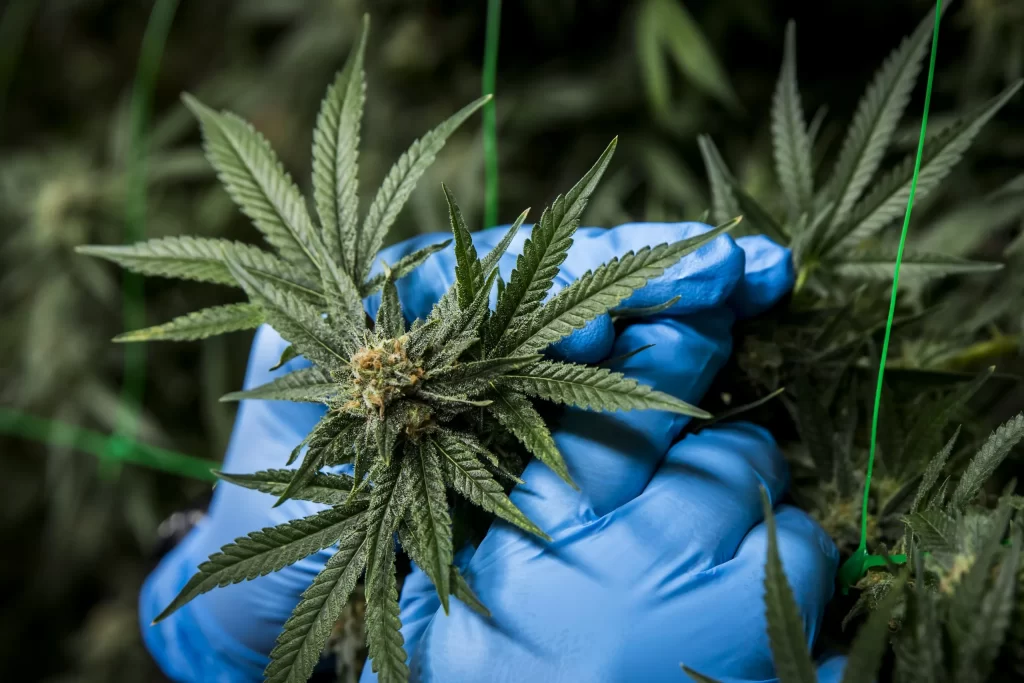What is RNA and Why it Matters to Greenhouses and Indoor Farms RNA, or ribonucleic acid, is a fundamental molecule in the biology of all living organisms, including plants. It is crucial in translating genetic information from DNA into proteins, which are necessary for the structure, function, and regulation of a plant’s tissues and organs. […]
Tomato Brown Rugose Fruit Virus (ToBRFV) and Pepino Mosaic Virus (PepMV) Co-infection Introduction Tomato growers face numerous challenges, from environmental conditions to pests, but invisible threats, such as viruses, can be particularly devastating. Among these, the Tomato Brown Rugose Fruit Virus (ToBRFV) and Pepino Mosaic Virus (PepMV) stand out for the high risk of lowering […]
Bremia lactucae Introduction Bremia lactucae causes lettuce downy mildew for both indoor and outdoor lettuce. It is a significant pathogen in cooler environments like late-fall seasons and heated winter greenhouses. This plant pathogen is an oomycete, and symptoms of the disease are similar to late blight. However, the disease may appear as white fungal growth […]
Erwinia tracheiphila Introduction Erwinia tracheiphila is a bacterial pathogen that causes bacterial wilt, a devastating disease affecting cucurbits such as cucumbers, muskmelons, and, to a lesser extent, squash and pumpkins. This disease does not affect watermelons. The economic impact of Erwinia tracheiphila is significant, particularly in the Midwestern and Northeastern United States, where it threatens […]
Pepino Mosaic Virus (PepMV) Introduction Pepino Mosaic Virus (PepMV) is a highly infectious pathogen that primarily affects solanaceous plants, including tomatoes, potatoes, and eggplants [1][2][3]. It was first detected on pepino plants in Peru in 1974 and has since spread to several countries, causing significant problems in the cultivation of greenhouse tomatoes [1][3]. The virus […]
Banner Image by Bruce Watt, University of Maine, Bugwood.org. https://www.invasive.org/browse/detail.cfm?imgnum=5507942& Fusarium oxysporum f. sp. capsici Introduction Fusarium oxysporum f. sp. capsici is a soil-borne fungal pathogen that poses a significant threat to pepper crops. This pathogen is responsible for Fusarium wilt, a devastating disease that can lead to substantial yield losses. The economic impact of […]
Herbicide-Resistance and Genetic Testing The modern farmer faces various challenges, from fluctuating market demands to the unpredictable whims of Mother Nature. Of all these challenges, the rise of herbicide-resistant weeds has rapidly emerged as a pressing concern. In Canada alone, weeds cost growers over half a billion dollars annually in replacement herbicides and reduced crop […]
Olpidium brassicae Introduction Olpidium brassicae is a common fungal parasite that infects the epidermal cells of plant roots, particularly those in the Brassicaceae family and tobacco plants [1]. It is commonly known as seedling blight of tobacco or seedling disease of cabbage. This pathogen has a significant economic impact on agriculture, as it can reduce […]
Olpidium virulentus Introduction Olpidium virulentus is a parasitic fungus that infects plant roots, including leafy greens grown hydroponically. The pathogen can transmit two serious viruses: Lettuce big-vein associated virus (LBVaV) and Mirafiori Lettuce Big Vein Virus (MLBBV), causing a decrease in overall yield. Olpidium virulentus does not cause significant plant diseases but is a vector for viruses […]
Hop Latent Viroid Introduction Hop Latent Viroid (HLVd or HpLVd) is a significant concern for growers, particularly those cultivating hops and cannabis. This pathogen can have a considerable economic impact on the industry, leading to reduced yield, quality, and plant longevity[1-2]. A comprehensive economic study has summarized the economic impacts of diseases on specialty crops, […]


